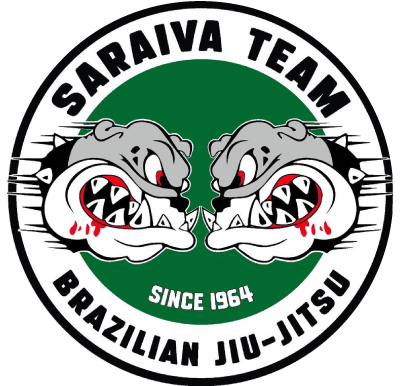History of BJJ
Jiu-Jitsu has a Japanese origin and after arrived in Brazil it was developed and improved by the Gracie family. It’s the only martial art in the world that had a change to its origin The development was so successful that today it became known to the world as “Brazilian Jiu-Jitsu” which is not only an efficient martial art for self-defence, but also a life style. Training BJJ is to learn how to fight and to immerse yourself in the culture and Brazilian cuisine, to develop friendship outside the academy, spirit of union and the joy of living of the Brazilian people. It is for these reasons that Brazilian teachers are so successful with their academies abroad, including in Japan.
It is the fastest growing martial art in the world in the last 25 years. Since the beginning of the UFC in 1993 in the USA, Jiu-Jitsu has become popular worldwide and today it is practiced by different audiences: men, women, children, professional competitors, amateurs and even people over 60 years old.
The organization of this growth and transformation of the martial art into sport, through rules, norms and standardization is carried out by the IBJJF (Brazilian International Federation of Jiu-Jitsu). The IBJJF (www.ibjjf.org) started in Brazil in 1994 and currently has an office in California and holds events around the world.
The Judô that was created by Jigoro Kano (who practiced Jiu-Jitsu) had this organization and transformation into a sport in the beginning of the 19th century, but with the growth of Brazilian Jiu-Jitsu, we can see a very large migration of Judo teachers to the Jiu Jitsu.
The growth of MMA has also helped a lot as they gain many fans, but few of them really want to fight MMA and Jiu-Jitsu becomes viable as a physical activity and a lifestyle.

